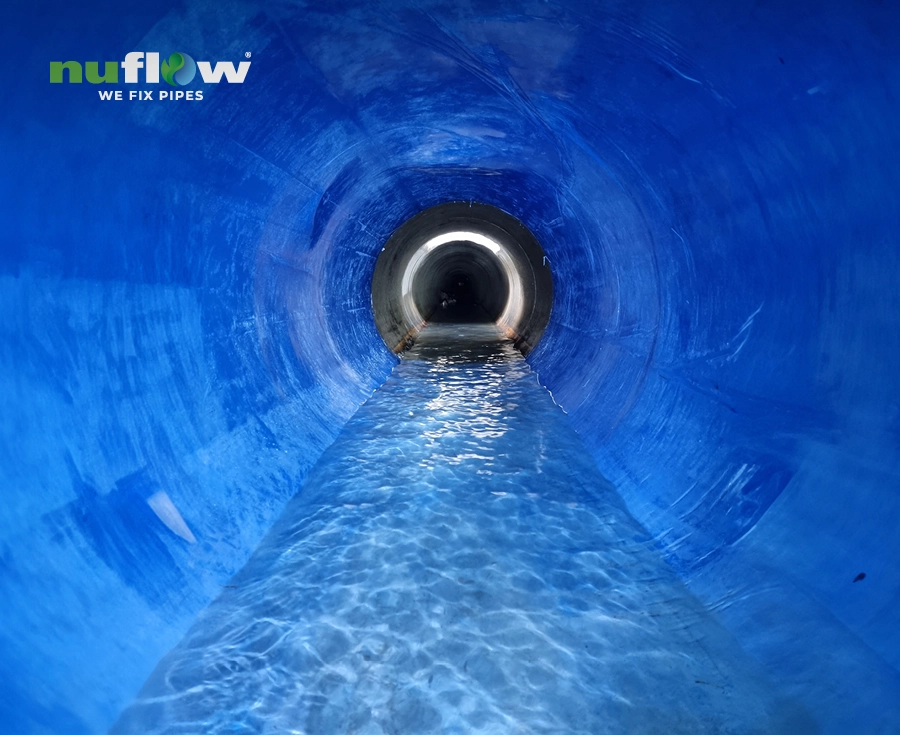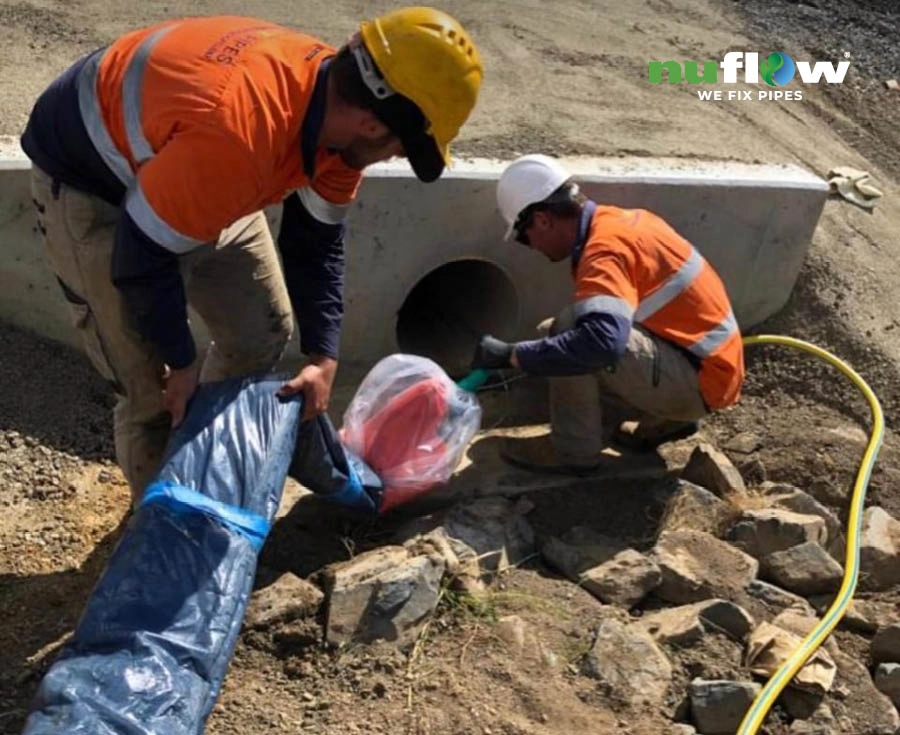Fixing blocked drains and establishing who is responsible for associated costs is a common issue for most landlords. This article is about reducing sewer pipe cleaning costs in rental properties.
We’ve provided this series of articles in order to help landlords proactively manage sewer and drainage pipes at their rental properties. In this article we explain strategies landlords can use to ensure tenants are aware of their responsibilities in terms of keeping pipes working as they should. We’ve also identified how landlords can best avoid, plan and prepare themselves for any disputes over who bears the cost for fixing blocked drains should an issue arise.
This article, which deals specifically with risk management practices for sewers and pipes in relation to rental properties, was taken from a much larger feature, ‘Advice for landlords: Who pays for sewer blockages in rental properties?.
Risk Management: An Essential Element of any Profit-Making Venture
For most of us the decision to rent out a property we own and (sometimes) love to perfect strangers is not made lightly. It is also not usually made because we want to provide charity or a community service. Ninety-nine times out of a hundred, someone who owns a rental property is doing so because they want (or need) to make money out of it. And with that in mind, landlords who see their rental venture as a business (complete with management and marketing plans and strategies in place to ensure maximum profitability from that business), give themselves the greatest shot at success.
For most businesses, managing risk is integral to ongoing survival, and having a sound risk management plan (either formal or informal) can be the difference between staying afloat during a recession or closing the doors. The Risk Management Matrix so commonly taught in most business courses basically urges one to identify all possible risks, threats and negative impacts your business might face in the future, and then to rate them based upon:
- how likely that risk or threat is to eventuate, and
- how devastating the consequences of that risk occurring would be to your business.
Each event is then given a ‘score’ which helps management identify the most potentially dangerous threats so they can put plans in place to either remove, negate or best manage the risk.
Sewer and Drainage Pipe Risk Management Strategies for Landlords
As a landlord, this would be a useful exercise to consider if you haven’t already done so. There might be a range of unique potential threats to the profitability of your ‘business’ (the closing down of a major employer in your area or a local building development providing a flood of new housing) but the threats most commonly faced by all landlords are:
- loss of rent (failure of tenants to pay) and
- damage, repairs and maintenance costs for rental properties
By viewing the damage, repair and maintenance costs of sewers and drainage pipes in your rental property as a threat that needs to be managed, you can then assess the likelihood of it occurring (could my pipes burst or block up?) and the potential impact it will have (will I be able to afford the repair cost?). Some of the information you would need in order to answer those questions might include:
- What sort of costs would I be up for if a broken or blocked sewer pipe from my property impacted another property?
- What insurance do I have to cover blocked drains and how will a claim impact my premiums?
- Will a drainage pipe leak from my property impact adjoining properties (apartment blocks)
- What is the current state of your drainage and sewer pipes and how well have they been maintained?
- How much rent will I lose whilst repairs are being carried out?
- Will my tenant lose business/be angry/want to charge me for lost income if they are displaced if work is required to fix blocked drains?
- What is the likely cost of clearing or fixing blocked drains in your area (Brisbane, Sydney, Gold Coast etc.) – particularly if excavation, demolition and reconstruction is involved?
- How will you go about proving any damage was the fault of the tenant?
The list could go on forever and the more questions you ask yourself, the more accurate the picture of the real consequences of a broken or clogged pipe you will.
Identifying What Risk Your Pipes
Once you’ve listed all your questions and answered them, you can begin to identify where you’re most vulnerable. As you move down the list you can decide how you want to manage those risks one by one. For example, if we take first item, you might want to go to your body corporate and check out the terms of any insurance policies they hold for damage caused to a property as a result of a broken drain on an adjoining apartment.
You might then ask the maintenance manager or a qualified plumber friend what the likely costs of different types of pipe repairs would be, and what the current condition of the pipes in your property is. You might also consider having a CCTV pipe inspection of your pipe network carried out to assess how likely it is that you will have troubles in the future.
If the investigations indicate a high probability of a broken sewer pipe or blocked drain occurring and that you could be responsible for not only the cost of fixing those pipes but also for rectifying the damage to adjoining homes, you should then find a way to manage (shift or negate) the risk.
Transferring Sewer and Drainage Pipe Repair Costs to Another Party
If a threat cannot be removed altogether, SHIFTING responsibility to another party for the consequences of that risk occurring is a commonly used strategy. An example is when you and your mates decide jumping out of an aeroplane at 13,000 feet to celebrate your 50th birthdays is a great idea and as they’re strapping that parachute on your back they ask you to sign on the dotted line where it says you take full responsibility for any injuries (or worse) that may be caused as a result.
Of course, there is still an onus on them (duty of care) to ensure they have ticked every box in terms of safety and abiding by rules and guidelines but if something totally unforeseen or accidental happens outside of their foreseeable control, then your signature can be called in as evidence that you were aware of risks and decided to go ahead.
It isn’t really possible to completely remove the risk of needing a drain repair carried out (if a pipe wants to break or clog up you yourself can’t prevent it), but you can reduce the likelihood and try to shift responsibility. In terms of shifting responsibility for the cost of fixing blocked drains or relining broken pipes in your rental property, this can sometimes be as simple as having an insurance policy that will cover you. If you’re not sure about where you stand with your insurance company – ring and ask.
If you don’t like the answers (for example if you find that you wouldn’t be covered for damage to another person’s property if your tenant leaves the water running in the bath), shop around to find insurance that you feel safer. Even then, there could still be a claim excesses to pay or increases to premiums following claims so the second way you can shift responsibility is to move it to the tenant. This is not easy but read on to see how it can (at least partially) be achieved.
NOTE: The above advice is general in nature and professional legal advice should be sought if further clarification is needed.




